Some heavy loads should be carried rather than dragged . . . and this carrier suits them to a tee.
To the staffers at MOTHER EARTH NEWS Eco-Village, the contraption pictured here is a log hauler . . . and with thousands of linear feet of timber under its belt, so to speak, it would be difficult to contradict that name. But if you don’t have occasion to move logs, don’t write this simple straddle-wheeler off, because it can come in handy hauling anything from pipe to engine blocks.
As you can see from the photos and drawing, the frame is nothing more than a skeleton made from lengths of 1-1/4 inch Schedule 40 iron pipe and 1-1/2 inch and 2 inch square tubular steel with 1/8 inch walls (11 gauge). Two spindle assemblies cut from the front end of a junked car serve as convenient axles for the wheels (which, together with the brake hubs, were mates to those spindles), and a hand-operated cable winch fastened to the top of the frame eases the chore of lifting heavy loads.
Check out a downloadable enlargement of the log hauler construction illustration.
Once the cargo is hoisted well off the ground, belly chains at the front and rear of the steel spine secure the load to the carriage . . . and the entire assembly can be pulled (by hand) or towed to its destination.
The first thing you’ll want to do before jumping headlong into this project is to secure the spindle and wheel assemblies. The only prerequisites here are that:
[1] The spindles include a mount for the backing plate or caliper (you won’t be using the brake parts, so don’t worry if they’re damaged or missing).
[2] The brake drums or rotors have bearings and are functional (if you wish, remove the drums entirely, and drive the studs back into the hubs).
[3] The wheels are the same size.
[4] The tires hold air.
When you’ve found the perfect matched pair (it doesn’t matter whether the wheels are 13-, 14-, or 15-inchers), ask the scrapyard operator to torch off the steering knuckles close to each spindle mount, in order to make the assembly’s rear surface as flat as possible.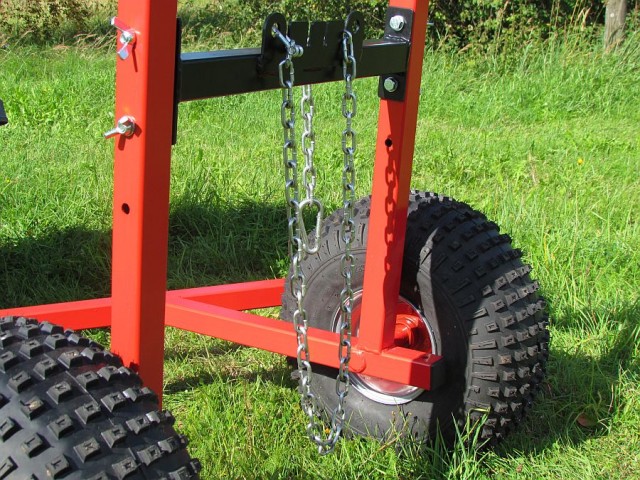 Then hunt for a 13 inch by 20 inch section of 1/4 inch plate steel and another plate measuring roughly 3/8 inch by 3-1/4 inch by 4-1/2 inch, so you’ll have enough stock to make the gussets, hangers, and axle plates.
Then hunt for a 13 inch by 20 inch section of 1/4 inch plate steel and another plate measuring roughly 3/8 inch by 3-1/4 inch by 4-1/2 inch, so you’ll have enough stock to make the gussets, hangers, and axle plates.
While you’re at it, pick up the necessary lengths of pipe, chain, tubular steel and the other hardware called for in our illustration-and begin planning the layout of the frame. It’s important, at this early stage, that you establish the correct angle of the legs so the insides of the tires don’t rub against them. In our version, those supports splay outward 7 degrees from perpendicular, and we still had to mount the rims to the hubs inside out to gain the needed clearance. If you want to avoid doing that, increase the angle by whatever it takes to make it work with your set of wheels, or plan on putting spacers behind the spindle assemblies.
Once the rear section is positioned correctly and welded together, you can cut the outside edges of the lower legs to accept the 1/4 inch by 4-1/2 inch by 5-1/4 inch axle plates.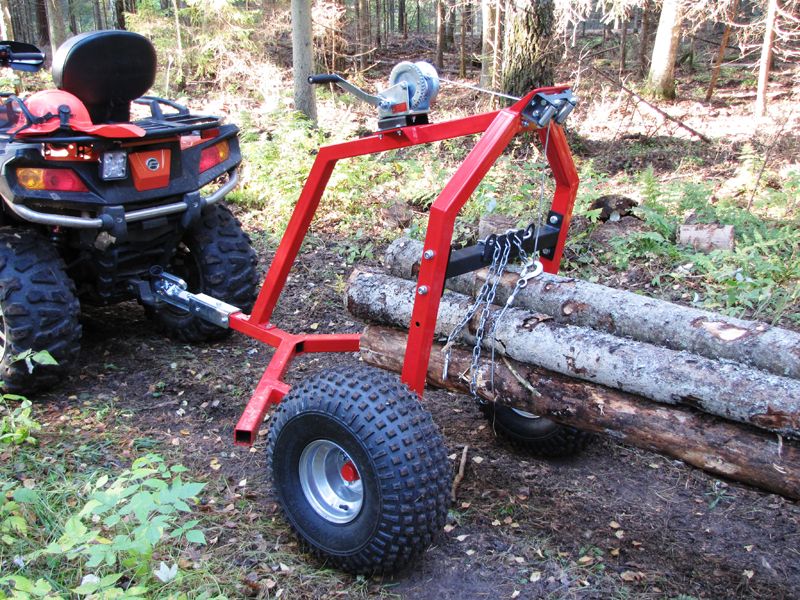 After drilling them to match the bolt pattern on the spindles, weld them to the legs so the wheels will have neutral caster and toe-in. Then cut the four 1/4 inch by 4 inch by 4 inch by 6 inch gussets from the stock and weld them at the corners to strengthen those joints.
After drilling them to match the bolt pattern on the spindles, weld them to the legs so the wheels will have neutral caster and toe-in. Then cut the four 1/4 inch by 4 inch by 4 inch by 6 inch gussets from the stock and weld them at the corners to strengthen those joints.
The spine meets the front of the cross member at a perpendicular and is held in position with the two 30 inch lengths of 1-1/4 inch pipe. Each of these struts should be fastened to a leg at a point about 9-1/2 inch from the top, and to the spine approximately 2 feet forward of the main joint. The 3/8 inch by 2-1/4 inch by 3-1/4 inch front hangers are center-drilled with 1/2 inch holes, then welded to the sides of the spine about 10 inch behind its forward end.
You’ll probably want to make both a towing tongue and a manual-pull handle, either of which will fit into the socket at the front of the spine. The tongue is just an offset affair made from 12 inch, 15 inch, and 48 inch lengths of 1-1/2 inch square tubular steel. Four 1/4 inch by 4-1/2 inch by 4-1/2 inch by 6-1/2 inch plate gussets and two 1/8 inch by 1-1/2 inch by 1-1/2 inch by 6-1/2 inch tubular corner braces strengthen the butt-welded right-angle joints. A 1-7/8 inch ball hitch assembly bolts to the front of the lowest 12 inch tongue stub, over spacers made from a split section of tubular steel.
Four 1/4 inch by 4-1/2 inch by 4-1/2 inch by 6-1/2 inch plate gussets and two 1/8 inch by 1-1/2 inch by 1-1/2 inch by 6-1/2 inch tubular corner braces strengthen the butt-welded right-angle joints. A 1-7/8 inch ball hitch assembly bolts to the front of the lowest 12 inch tongue stub, over spacers made from a split section of tubular steel.
The handle consists of a 40 inch length of 1-1/4 inch pipe cross-drilled at one end and fitted with a hunk of 3/4 inch rod. The handle and the tongue are interchangeable, and can be pinned in place within the spine with a 1/2 inch by 2-1/2 inch machine bolt.
Because the winch needs clearance for its crank handle, it’s bolted to a tubular post, which in turn is clamped to the carriage frame cross member. The stanchion and its clamps should be welded to form an inverted letter F, and two lengths of 5/16 inch threaded rod are used to pinch the clamp members together against the frame. To keep the 10 foot cable tracking properly, we found it helpful to add a small ring or a single chain link to the edge of the lower clamp beneath the winch drum.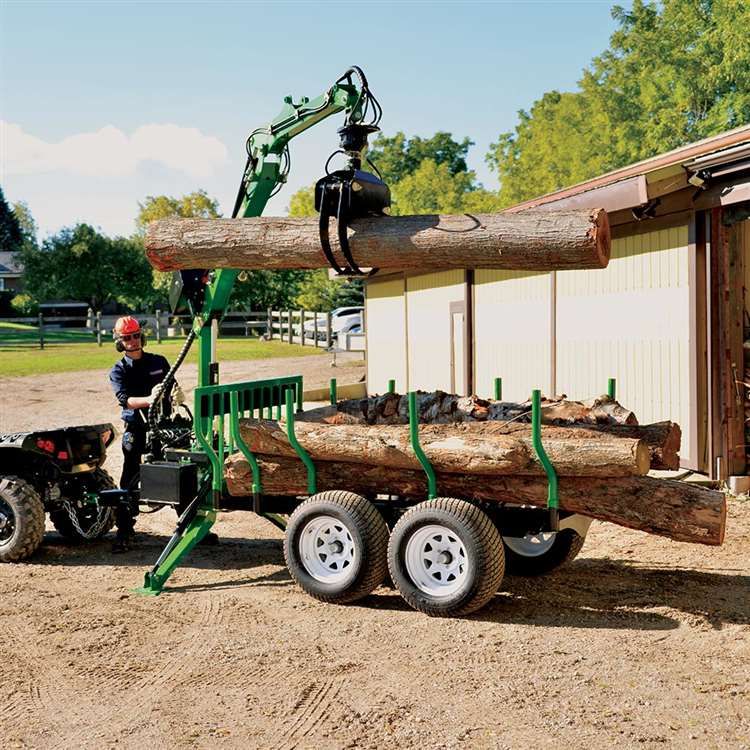
The cable, of course, can’t be expected to bear larger loads when the stress is increased by motion, so a 1/4 inch-thick hanger plate — modified with three 3/8 inch by 1-1/2 inch notches — is welded to the rear of the tubular cross member. Binding chain can then be used to secure the weight at the rear . . . and at the front, from the side-hangers, if the cargo has some length to it.
For long loads, we found it easiest to winchhoist the payload just behind its balance point, then chain the forward end of the burden snugly against the frame. With that done, the tail end could be lifted to its limit and bound. But a word of caution: Be sure to carry the majority of the load forward of the spindles, or you run the risk of bouncing the tongue hitch right of its ball.
Harvesting firewood starts with the task of downing tree's, and retrieving
them from the woods. This is no easy task without the right tools. These
Log Skidder Plans will help you
build your own log skidder that you can use to move trees and large
logs out into a better working environment.
As the picture below shows, this simple design for a log skidder allows the securing chain to slide up a riser rail bar and lift the leading end of the log off the ground as you pull it to your destination. This keeps the front edge of the log from digging into the ground which will make it much harder to pull.
The main components that need to be purchased can be found in an ATV Trailer Kit. These can be found searching online in locations like ebay and amazon.
The kits should include several parts that are needed other than the fabrication steel for the frame. These components include:
As the pictures below show, this log skidder frame system is constructed
of 2" box steel and requires very little ingenuity.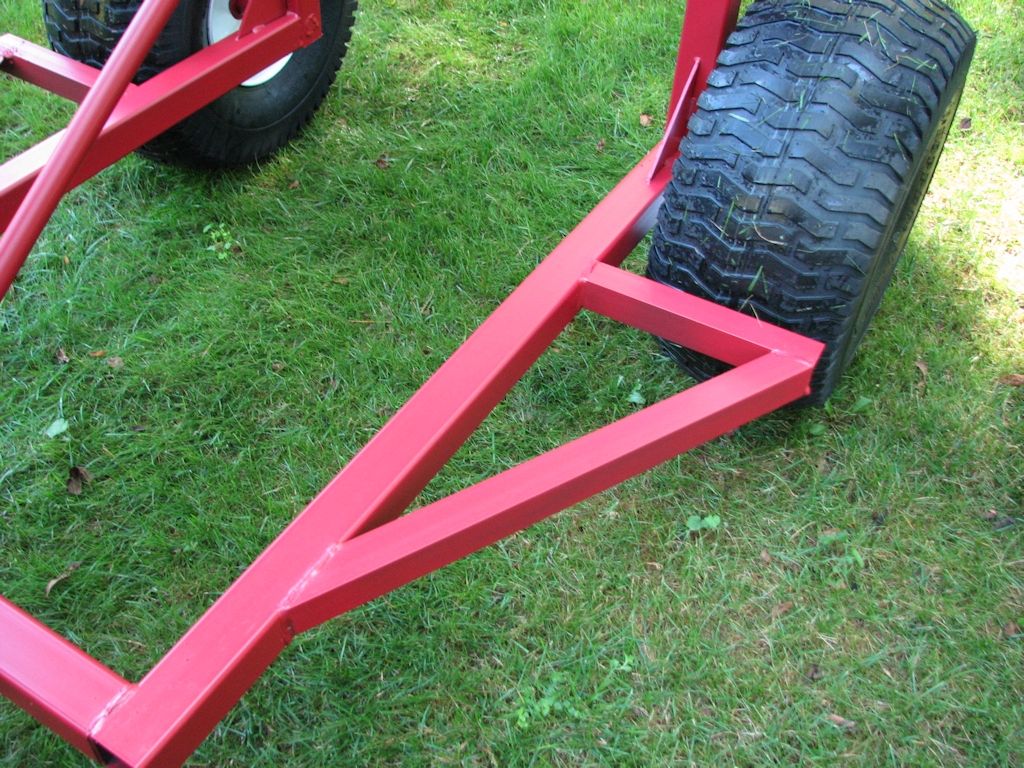 This simple structure
includes the arch that the log will be secured inside of, and the riser
rod the log chain will ride up on to lift the log off the ground. The
rest of the frame includes the front triangle, tongue bar, and wheel
guards. A relatively easy fabrication process.
This simple structure
includes the arch that the log will be secured inside of, and the riser
rod the log chain will ride up on to lift the log off the ground. The
rest of the frame includes the front triangle, tongue bar, and wheel
guards. A relatively easy fabrication process.
Another design for the log skidder frame allows the use of a come along ratchet cable winch to be used in the log securing system. With this setup, the winch is cranked up to lift the front end of the log up off the ground. Safety can be a big issue with this design and injury could occur if the cable were to break.
A third design for log skidder plans use a grapple to secure the
log for transport. This system can even include hydraulic or mechanical
support for lifting the leading edge of the log off the ground as seen
in the picture below. Other options include a 3-point hookup that can
be employed.
Other options include a 3-point hookup that can
be employed.
The difference between a log arch and a log skidder is that the arch is intended to carry the log, where the skidder is intended to drag the log. In the right situation, the log skidder is going to help you be more productive since it takes less time to hook up to the log for dragging. On the other hand, a log arch will keep your logs cleaner which will extend the life of chainsaw chains and sawmill blades. Either way, adding this contraption to a scrap yard log splitter will get you all set up for firewood production.
90,000 trailer for transportation of ATV: Reviews, DIY AND DIYContent of Article
Hello, dear friends! Today we will discuss with you a trailer for transporting an ATV.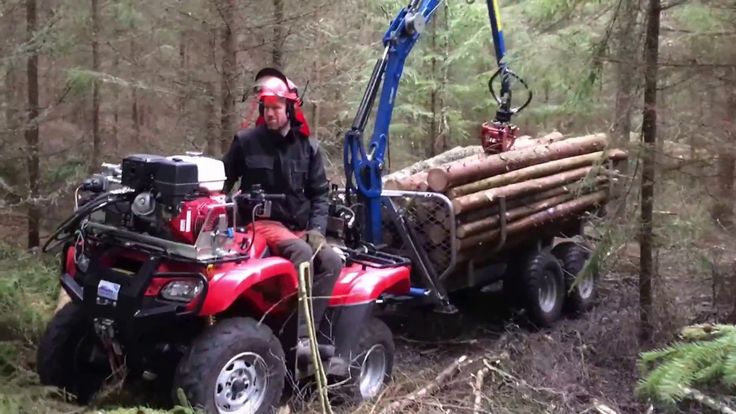 It is important to understand that vehicles for transporting such wheeled vehicles and snowmobiles are somewhat different from each other. You can look at the photo.
It is important to understand that vehicles for transporting such wheeled vehicles and snowmobiles are somewhat different from each other. You can look at the photo.
It is not for nothing that companies produce trailers designed separately for various tasks. Since we already talked about snowmobile trailers, it would be logical to go through another popular, but all-weather mode of transport - ATVs.
For some reason, some people think that any trailer for transporting logs, furniture or boats is also perfect for transporting a quad. But it's not. Yes, they are all light trailers. Just do not forget that they have different carrying capacity, different sizes, design features, level of convenience when loading and unloading.
If you have an ATV, what kind of trailer do you need for it? That's right, specialized, designed specifically for such equipment. Now I will explain what its features are and how to choose the right one.
Having looked through the forum, after reading the reviews of many trailer owners, I came to the conclusion that not everyone can decide for themselves where exactly to take a suitable vehicle for transporting an ATV (quad).
I offer several options. Here already consider your geographical location, financial capabilities and other nuances.
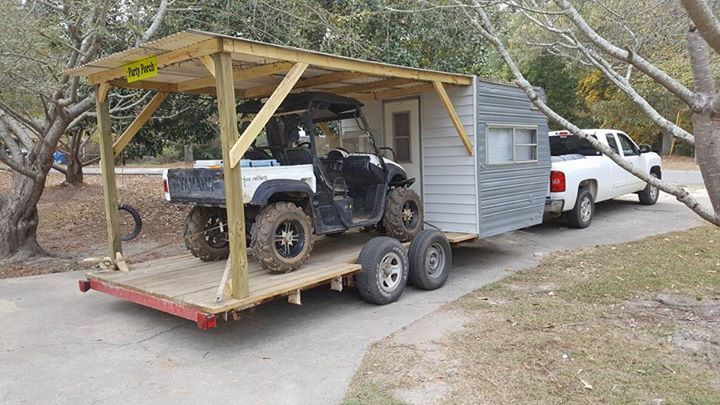 Renting is usually inexpensive, but allows you to take a specialized vehicle;
Renting is usually inexpensive, but allows you to take a specialized vehicle; What do you think is the best option? Write your answers in the comments, be sure to share your personal experience in buying and operating trailers designed to transport ATVs.
In the meantime, let's move on to recommendations for selection.
You need to figure out what kind of trailer the ATV owner needs. Indeed, for the transportation of one or two quadrics, completely different requirements are imposed on the structures.
I will say right away that buying an ordinary flatbed trailer and turning it into an analogue of a vehicle for quadrics is not the right step. This is a difficult job, since rework requires certain skills, knowledge and skills. Plus, there will be problems with the traffic police if you do not re-register the vehicle. In practice, the conversion and purchase of a conventional trailer takes as much, and sometimes more money, than the purchase of a specialized vehicle. Do not repeat other people's mistakes.
In terms of choosing a trailer, which is easy and convenient to transport quadrics, I would advise you to pay attention to the following models:

These manufacturers have good models designed specifically for ATVs.
But it would be wrong to simply advise this or that TS option. Therefore, I propose to go through the criteria that should be given the main attention when buying a trailer.
These include:
We will discuss each item separately.
Here we focus on their quantity. Trailers designed for quads come in two types.
 There are two pairs of wheels here. Designed for heavy loads. The advantage is that you can load 1-2 ATVs, plus additionally load the necessary accessories for going out into the countryside, for example.
There are two pairs of wheels here. Designed for heavy loads. The advantage is that you can load 1-2 ATVs, plus additionally load the necessary accessories for going out into the countryside, for example. Here the choice directly depends on what ATVs you have and how many of them.
The trailer does not need a brake system, according to some buyers. This is the prerogative of trucks and huge trucks.
It is a mistake to think so. For some quadrics, it is better to take those models of trailers that have a braking system in the factory equipment. If the equipment weighs up to 500 kg, then the brakes are really not needed.
When transporting two vehicles at the same time, the total weight of which exceeds 500 kg, the absence of a braking system on the trailer can lead to extremely undesirable skids, untimely braking, etc. It is not safe to drive in such a situation without additional brakes.
A must-have item to make ATV trailers stand out from the usual flatbed models.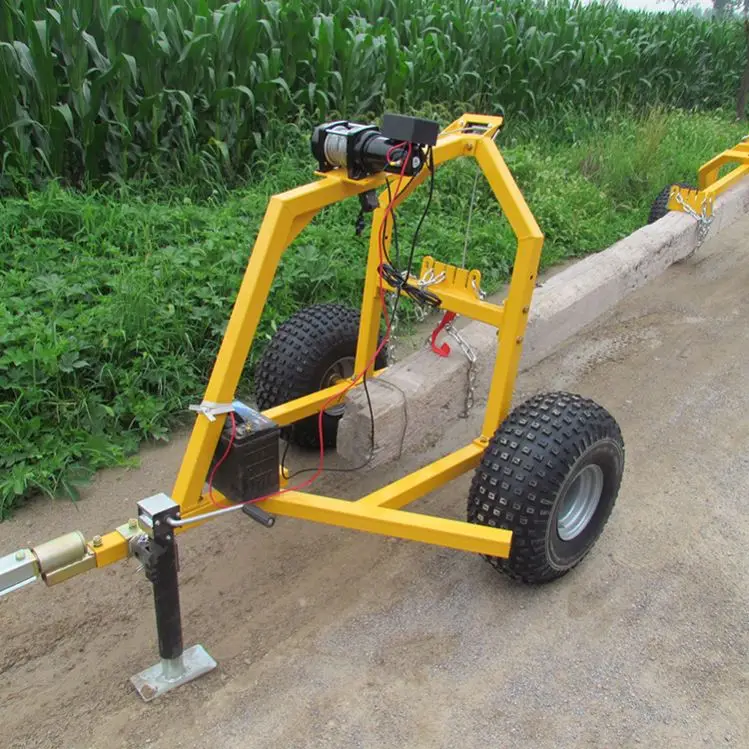 If it is not possible to fix the transported equipment, this guarantees emergency situations on the roads. Any bump or sharp turn, and your quadric is already outside the trailer, rolling somewhere under its own power or causing an accident with other cars.
If it is not possible to fix the transported equipment, this guarantees emergency situations on the roads. Any bump or sharp turn, and your quadric is already outside the trailer, rolling somewhere under its own power or causing an accident with other cars.
Choose trailer models that have built-in rings and braces on the floor. Fastening ropes and belts are threaded through them.
There must be a safety barrier around the perimeter of the body. This ensures the immobility of the equipment during turns, maneuvers.
Also check that the surface of the loading area is perforated. If it is smooth, the quad will constantly slide on it, which will increase the load on the mounts.
There is nothing complicated here. All specialized trailers are adapted to the standard dimensions of this four-wheeled vehicle.
Therefore, problems can only arise when you yourself assembled a quadric and made it according to some non-standard drawings.
Simply compare the dimensions of the machine with the stated dimensions of the trailer you are purchasing.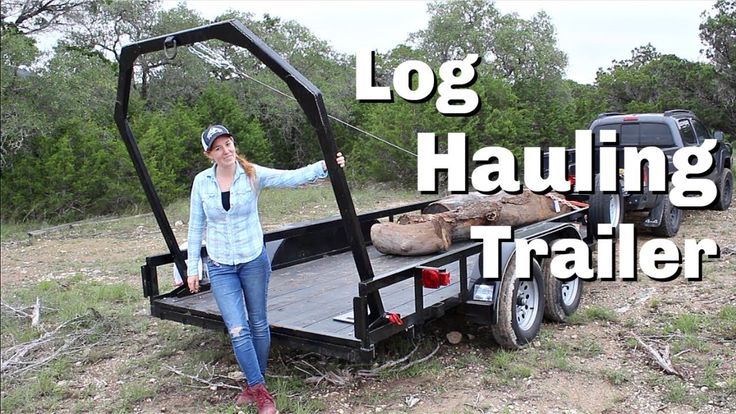 That's all.
That's all.
A curtain or covered trailer is far superior to its counterpart without this additional construction.
In a closed trailer, transported equipment and other things are reliably protected from precipitation, wind, snow, rain and even prying eyes.
Do not forget that while driving on the roads, stones can fly out from under the cars, which can easily fly into your ATV, damage it externally or even cause technical damage.
You can make and install a tent yourself, although tent models are not much more expensive. Usually an awning is offered as an option. Once you decide to buy a specialized vehicle, spend some more money by making it private.
A moot point, since the ATV has 4 wheels and is able to climb inside the trailer with its moves.
But the presence of a winch for the trailer is sometimes indispensable, since it is not always possible to roll up the equipment with your own hands, even with the help of a dumping system.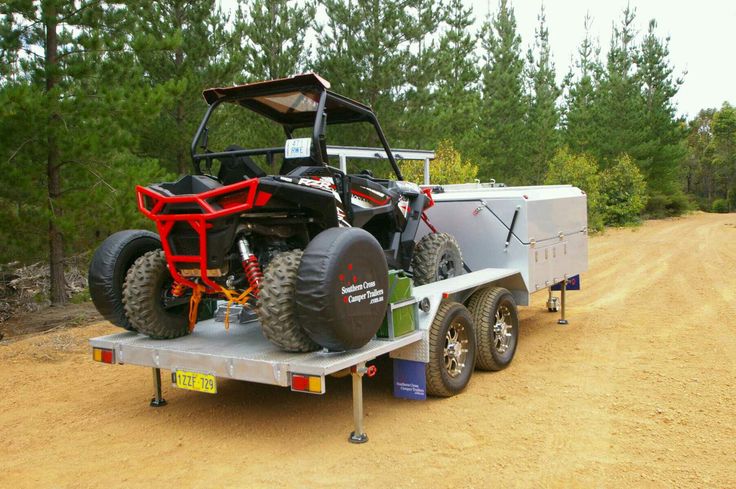 The snowmobile could fail, it ran out of fuel, and then push yourself. Without a winch, this is not the easiest task to accomplish.
The snowmobile could fail, it ran out of fuel, and then push yourself. Without a winch, this is not the easiest task to accomplish.
If this device is not provided in the package, plus you have another trailer or you often use a specialized vehicle not only to transport the ATV, then I see the point in buying a universal winch. It is easily attached to any trailer, allowing loading and unloading without assistance.
Or buy and install a winch on the ATV itself. It is also convenient and practical.
I think I'll stop there. I hope the information was useful and interesting for you. You can leave your questions and comments below.
Watch this video on YouTube
Thank you all for your attention! Subscribe to our site, share your impressions about the materials, tell your friends about us!
Content of Article
ATVs are a popular vehicle in today's realities. However, it is impossible to use it in any bad weather. You need transportation equipment. An ATV trailer is the perfect option! This is the most powerful universal device. It can be purchased both retail and wholesale. In addition, to save money, you can make this miracle of technology yourself.
However, it is impossible to use it in any bad weather. You need transportation equipment. An ATV trailer is the perfect option! This is the most powerful universal device. It can be purchased both retail and wholesale. In addition, to save money, you can make this miracle of technology yourself.
ATV trailer is a unique element of transporting absolutely any vehicle.
Among the whole variety, the leading positions among customers are occupied by the following models:
However, there are also combination models.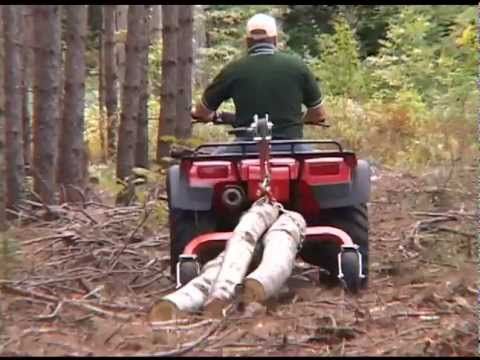 However, their choice must be approached with extreme caution - there is a high risk of running into scammers with fakes.
However, their choice must be approached with extreme caution - there is a high risk of running into scammers with fakes.
ATV trailer, popular model - MZSA 817702.001-05.
Two types of ATV trailers are commonly used for transportation: specialized with low sides and standard general purpose models. The first is used for motorcycles. The second two-axle version is used for other purposes: transportation of things, furniture, building materials, etc.
Important parameters of such transport:
The only negative: the lack of an awning. It needs to be bought on its own. True, this is an expensive pleasure. An alternative is a special cover from dirt and other toxic coatings.
You will also have to buy a winch.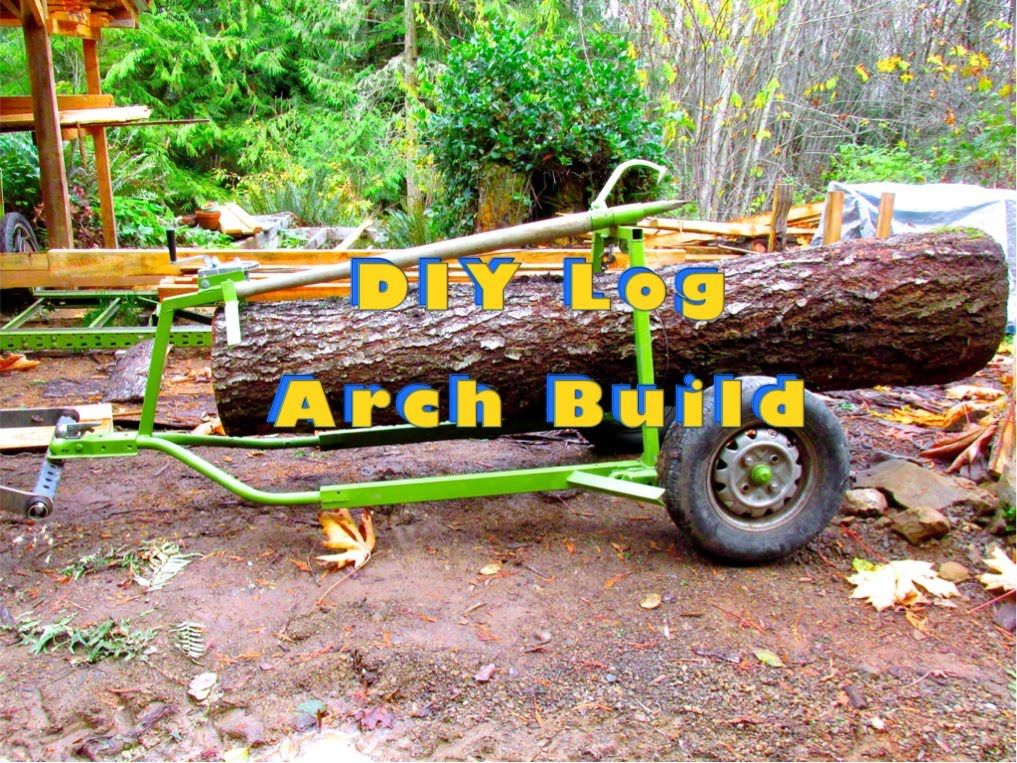 Not required, but desirable. It will help to load and unload the ATV without the help of others.
Not required, but desirable. It will help to load and unload the ATV without the help of others.
A popular trailer model is MZSA 817731.001-05.
A trailer for any ATV has the following features:
Dimensions allow you to compactly pack this miracle of technology in the trunk of a car, regardless of its type.
Children's ATV trailer
In addition, a specialized children's ATV trailer is becoming popular. The functionality is the same, it differs only in size and the presence of additional security elements for movement.
When choosing equipment, you should focus on:
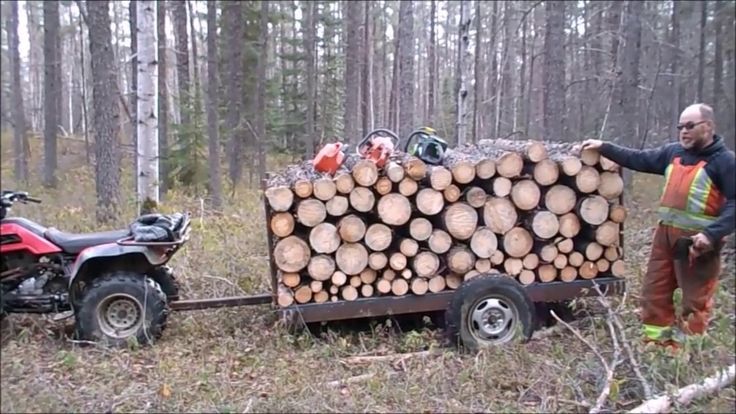
To sum it up, trailers are a unique help in any season. It is important to choose the right equipment for your needs and goals. Then the service life of the equipment will be higher.
Universal boat and ATV trailer is a kind of passenger transport.
Trailer for ATV ALFeco ATV 250
This is a unique light trailer. It allows you to carry passengers around the clock (up to two people with an additional weight of 40 kg). For things there is a trunk. There are a variety of colors on the market - everyone will choose to their liking.
By the way, many models can be used as snowmobiles. It is enough just to unscrew 10 nuts and replace the wheels with skis.
Frame fasteners and specialized belts are responsible for the safety of transportation.
As a safety measure: maximum speed of 30 km/h, transportation of children under 10 only with adults. The driver must have a proven qualification to work with such vehicles.
Timber trailer is used for any ATV. You can use similar models for off-road driving.
Functions vary from transporting simple logs to transporting concrete blocks.
Contents:
Optional chainsaw mount, 5 liter canister, winch and low pressure tire.
The name says it all. The principle of operation and dimensions of such equipment as a dump truck. This is another universal type for the transportation of absolutely any category of material assets.
Features:

Accessories: canister, pneumatic support wheel, winch.
Exterior view of the mini ATV trailer.
The name suggests that this ATV trailer is small in size.
The maximum load weight must be 150 kg. Moreover, the equipment itself can have a mass of 50 kg. Towing speed is 10 kilometers per hour. And it is strictly forbidden to transport people on it!
By the way, such a trailer can be made with your own hands according to the drawings from ordinary passenger analogues.
Thus, the need for an ATV trailer is obvious. The days of simple body parts are long gone. In addition, it can be used not only for transporting equipment, but also for transporting other equipment and household items. True, the choice of such an element must be approached carefully. There are a lot of scammers and speculators in this niche of the domestic market! First of all, you need to focus not on cost, but on technical parameters.